 Then she smashed my head repeatedly into the turnbuckle until I lost consciousness. So... how was your day? 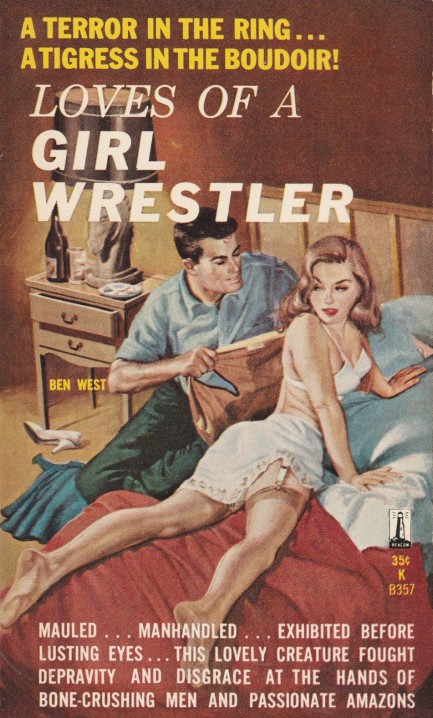
Nice cover for Ben West's Loves of a Girl Wrestler, from Beacon Books, with art by Al Rossi. We won't bother to summarize this one because we've also uploaded the interesting rear cover, just below, and it has a full rundown. Originally 1952 copyright, with this edition appearing in 1960.

 You know what's ironic? My husband keeps saying he wants longer harder hours out of you. 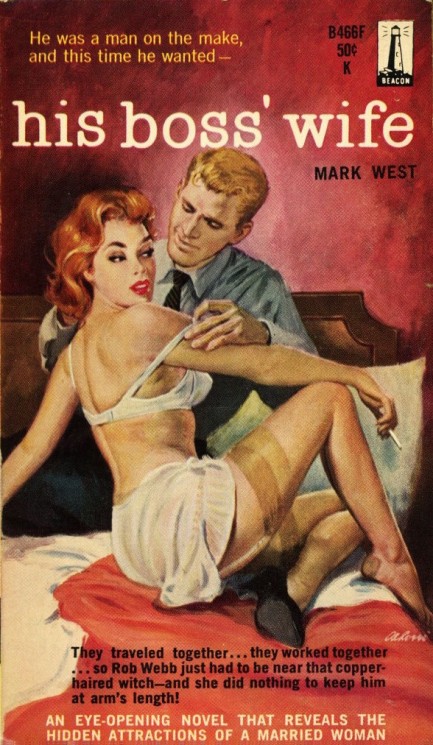
Above, Al Rossi cover art for Mark West's His Boss' Wife, for Beacon Books, about a traveling sales team peddling magazines from city to city, and the new hire who comes aboard and soon gets in too deep, so to speak, with various women, including his employer's femme fatale spouse. West was a pseudonym, used in this case by Charles Runyon, who also wrote Office Affair and Object of Lust. 1962 copyright.
 War is hell, but being a prisoner of war can be worse. 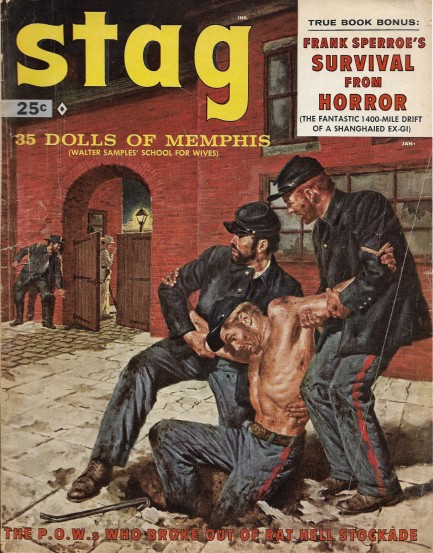
This January 1959 copy of Stag is an example of the joys of collecting old magazines. We bought it for three dollars, but it's being auctioned on Ebay right now for $100. Mort Kunstler handles the cover chores, illustrating Edward Newman's story “The P.O.W.s Who Broke Out of Rat Hell Stockade,” which deals with a group of Union soldiers during the U.S. Civil War who tunneled their way out of Richmond's Libby Prison. The story is true. The escape was one of the most successful breakouts of the war. The escapees were highly motivated due to the fact that Libby Prison was a hellhole that generated high mortality rates due to abuse, starvation, exposure to severe weather, and terrible overcrowding. A contemporary newspaper had this to say: “They are huddled up and jammed into every nook and corner; at the bathing troughs, around the cooking stoves, everywhere there is a wrangling, jostling crowd; at night the floor of every room they occupy in the building is covered, every square inch of it, by uneasy slumberers, lying side by side, and heel to head, as tightly packed as if the prison were a huge, improbable box of nocturnal sardines.” Inside Stag is art from James Bama, Kunstler again, Joe Little, Al Rossi, and Bruce Minney. You also get model/actress Irène Tunc, who was Miss France of 1954 and appeared in about thirty films during a three-decade film career. All this and more below, in twenty-three scans.
Update: we got the following e-mail from James N:
The cover of Stag, January 1959 was painted by James Bama. The credit to Mort Kunstler as printed in the magazine was an editorial error. Bama has confirmed this. For the sake of historical accuracy it would be nice if you changed your Jan. 9, 2017 post to reflect Jim Bama's true credit. We've talked a lot about how official credits can be wrong, so we're inclined to believe the cover was mistakenly attributed by editors because we already know they were human and made these types of goofs. But the process of collecting and curating vintage art offers the chance to get things right. So we're calling this cover a Bama, and thanks to James N. for taking the effort to write us. 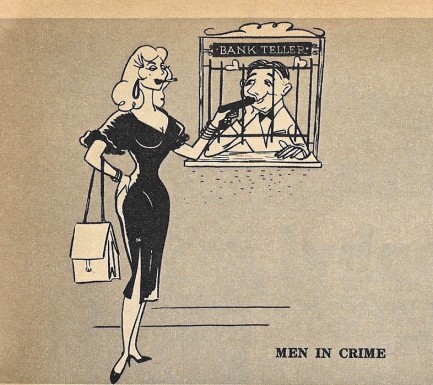 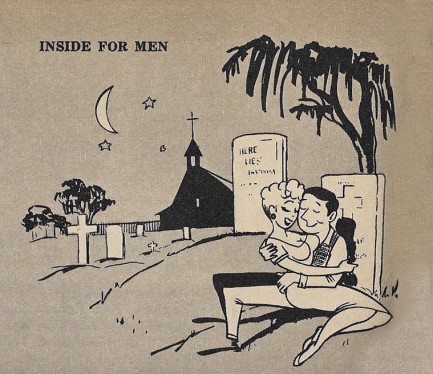 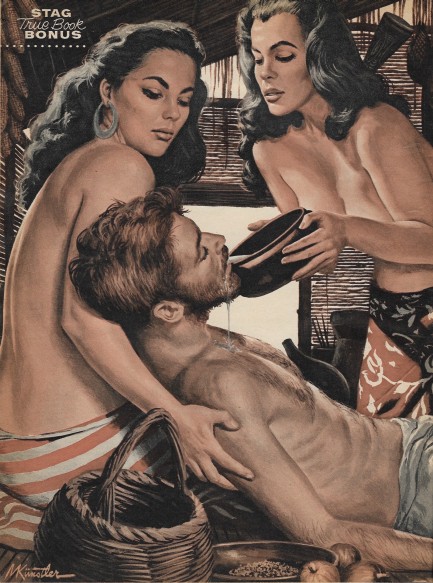 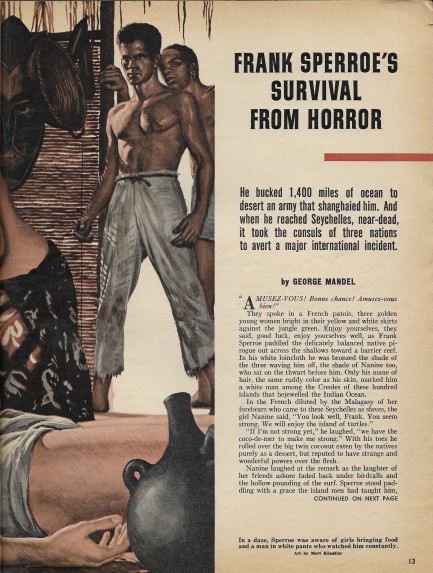 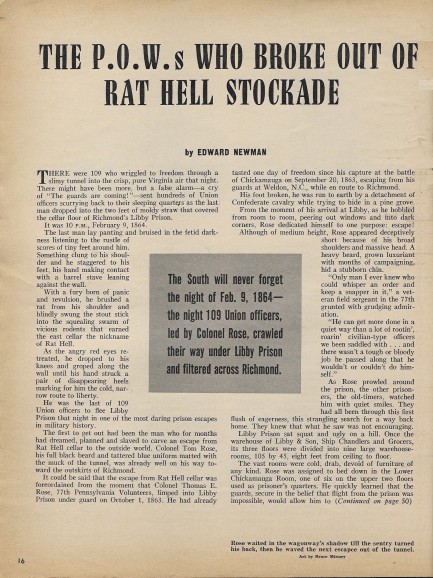 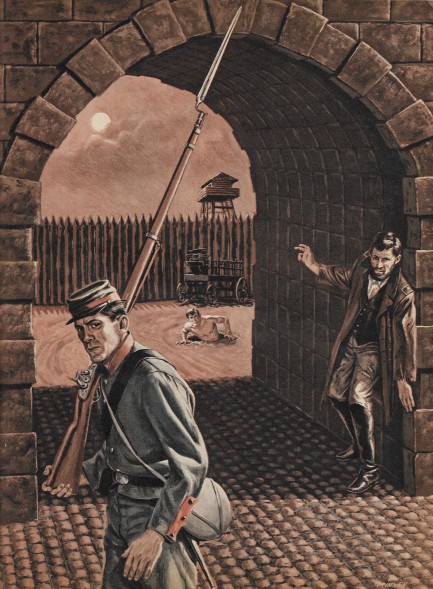 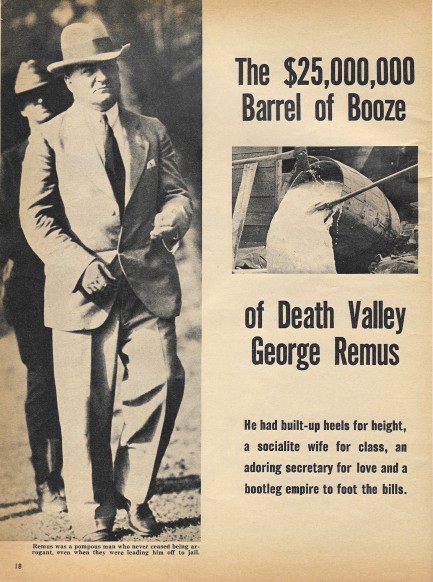 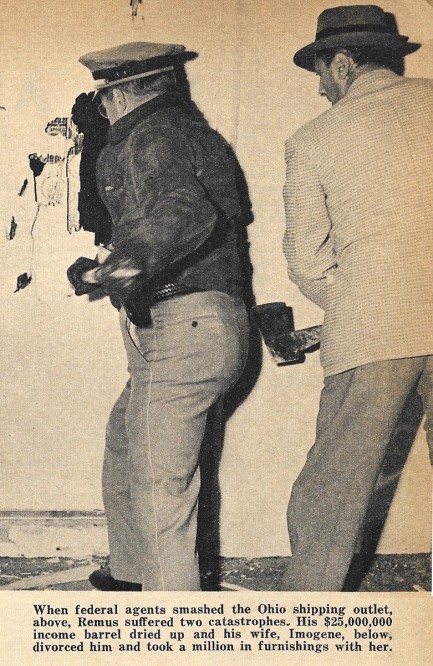 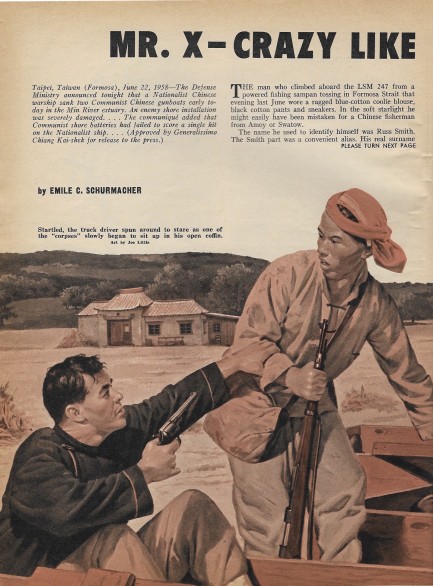 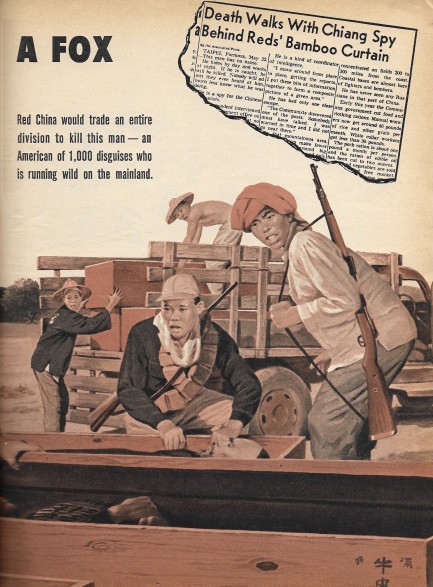 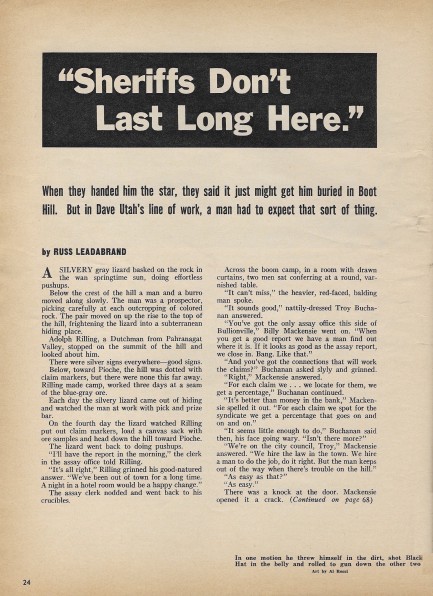 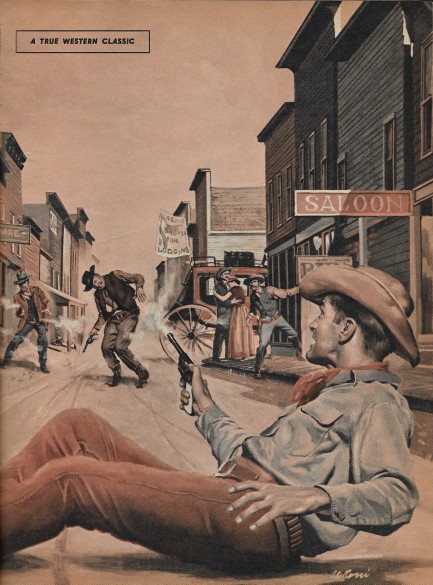 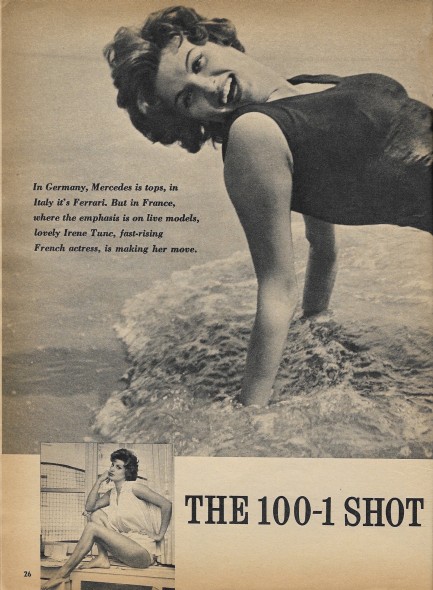 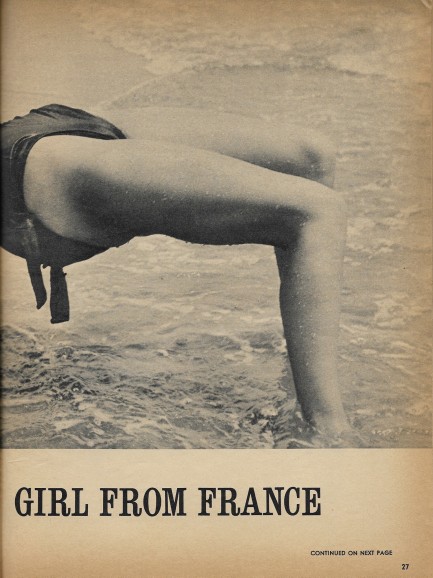 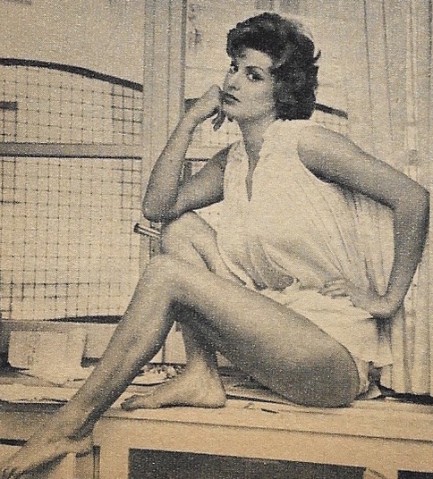 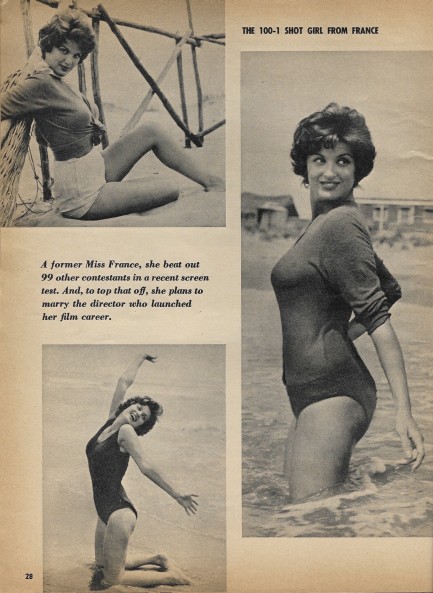 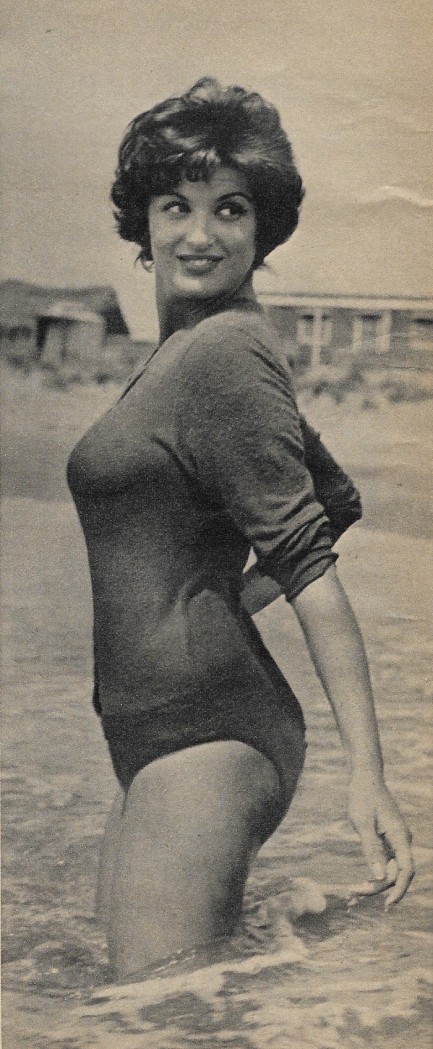 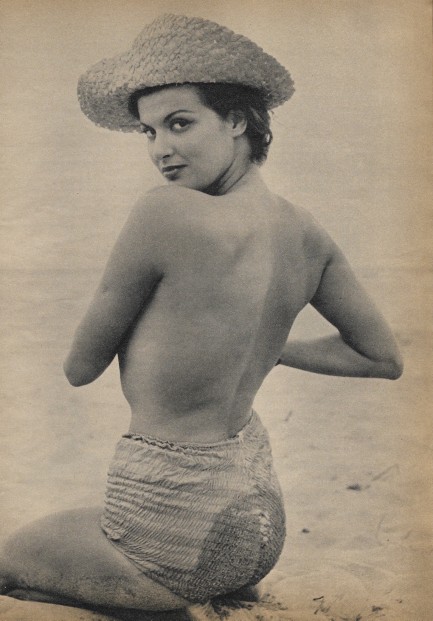 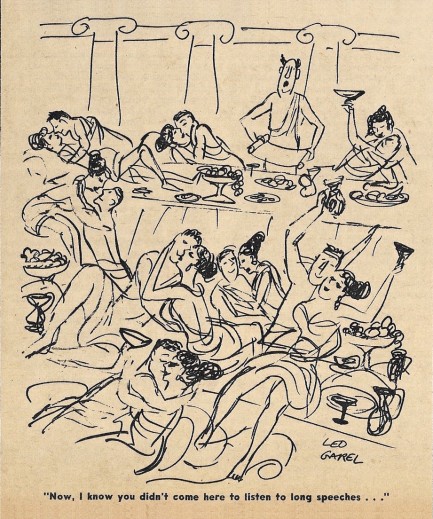   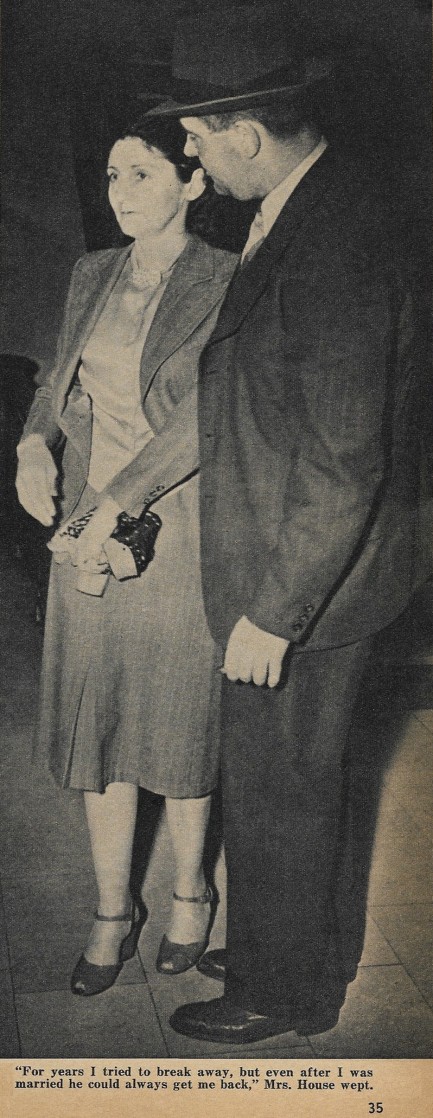 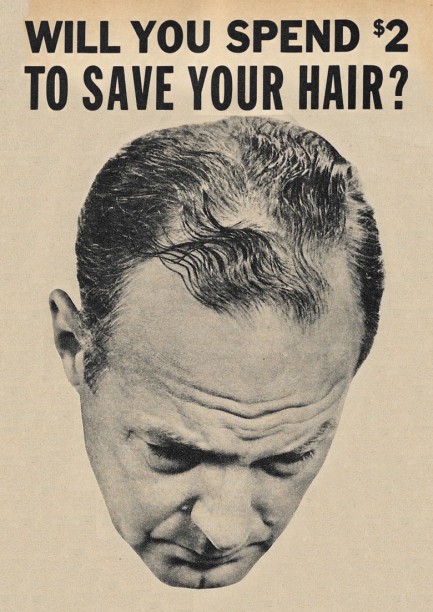
 Did I tell you he used to sit on my head and fart? Having sex with me could heal some deep psychological scars. 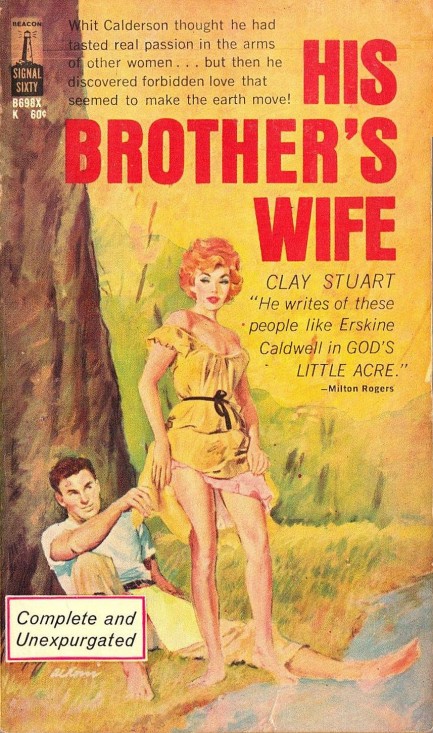
Above, a bit of backcountry melodrama written by the ubiquitous Harry Whittington under the pseudonym Clay Stuart. In this one, a man returns to the family farm to find that his brother is a drunk and has let the place fall into ruin. Real trouble starts when he comes across a woman skinny-dipping in a pond and joins in for some fun and games, only to find she's married to his brother. Meanwhile she's also sleeping with the man who holds the note on the farm. What a tangled web Whittington weaves, and so it goes, sleaze neverending. Interestingly, he chose the Stuart pseudonym after using the same name for a major character in the previous year's Don't Speak to Strange Girls. Thereafter he wrote as Stuart whenever he delved into the southern milieu. His Brother's Wife is copyright 1964, and the nice cover art is by Al Rossi.
 Southeast Asia escape epic features murder, sex and everything between. 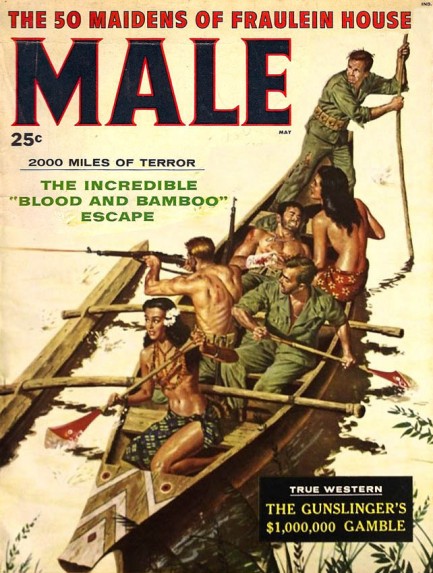
This issue of Male magazine published this month in 1958 features James Bama cover art illustrating Richard Farrington's story “The Incredible 'Blood and Bamboo' Escape,” which is the true tale of Dutchman Klaus van Tronk's flight from a Japanese internment camp in Malaysia during World War II. The story is a book-length special, and one of the more harrowing and interesting details involves one of the prisoners being tied spread-eagled on a bamboo mat elevated six inches above the ground. Beneath the mat were living bamboo shoots. As Farrington tells it (via van Tronk's account), “The shoots are tough, the tips as sharp as honed steel, and they can push through a plank floor [two inches thick]. They grow rapidly in the Pacific sun, about six inches on a good hot day. It had been a hot day.” When van Tronk's work detail came back that evening from a long grind of slave labor in the jungle the bound man already had bamboo shoots growing through his chest, and was still alive, screaming.
We did a verification check on this arcane torture and found that no cases confirmed to scholarly standards exist, but that it is well known in Asia, and experiments on substances approximating the density of human flesh have shown that it would work. As little as forty-eight hours would be needed to penetrate an entire body. Fascinating stuff, but what you really want to know in terms of veracity is whether scantily clad women helped the escapees paddle to freedom like in Bama's cover art, right? Well, this depiction is actually a completely accurate representation of what van Tronk described, or at least what biographer Farrington claims van Tronk described. The women were the daughters of a sympathetic Malay farmer, and indeed they wore virtually nothing, and were considered quite beautiful by the prisoners, save for the minor detail of having red teeth from the local tradition of chewing betel nuts.
The risk taken by these women was extraordinary. Other women who had helped van Tronk and his companions during their months-long odyssey were tortured and raped, and at one point a village was machine-gunned. Why would these Malays take up the foreigners' cause if the risks were so high? Van Tronk attributes it to a cultural requirement to help strangers in need, but we'd note that people have taken these sorts of risks everywhere, cultural norms or no. Often the suffering of others simply brings out the best in people. A historical check on Klaus van Tronk turned up nothing, though, so maybe the entire true story is a piece of fiction. If so, it's a very good one. We have some scans below with art by John Kuller, Joe Little, Al Rossi, Mort Kunstler, and Bruce Minney, and more issues of Male magazine at the keywords. 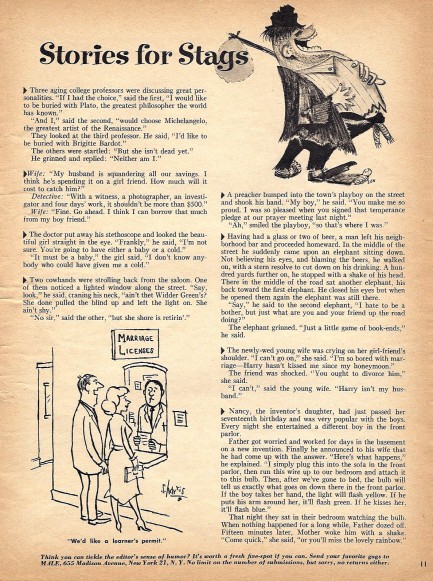 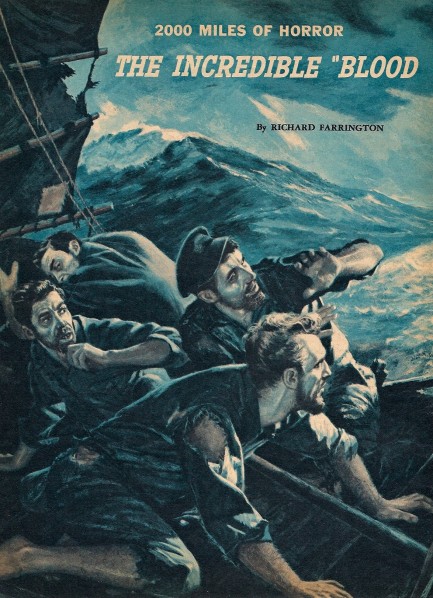 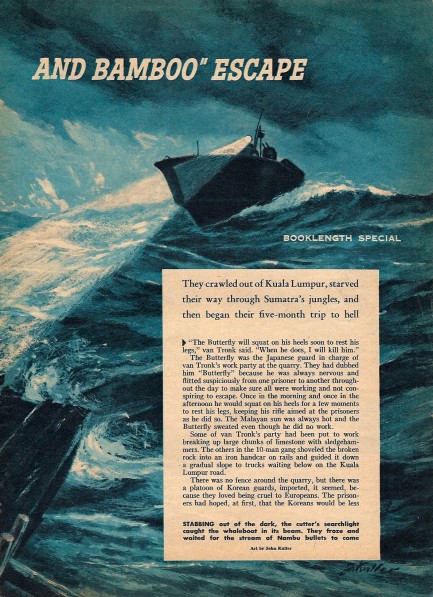 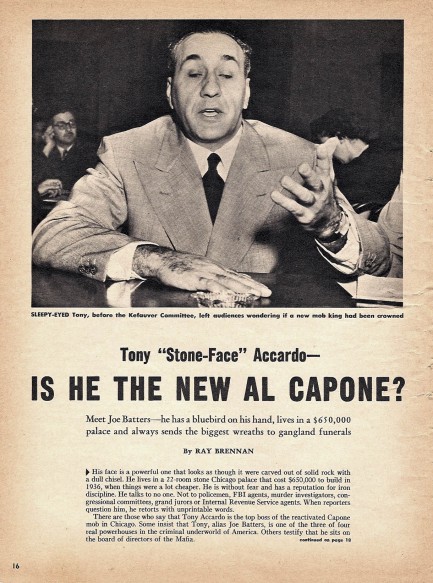 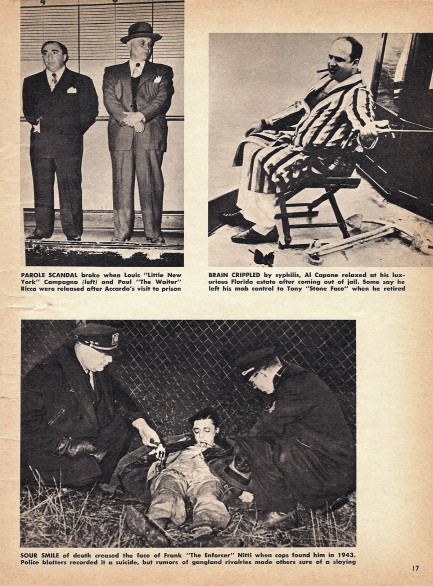  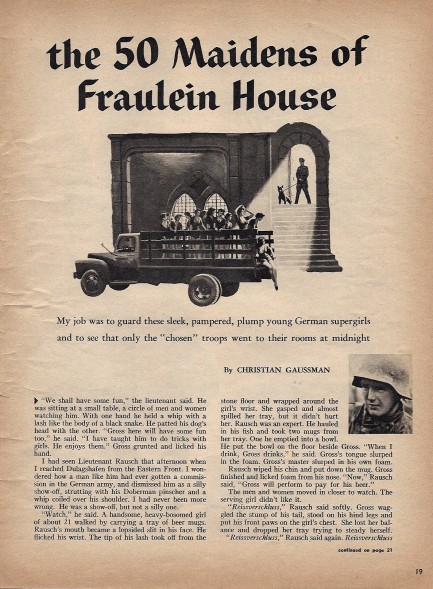 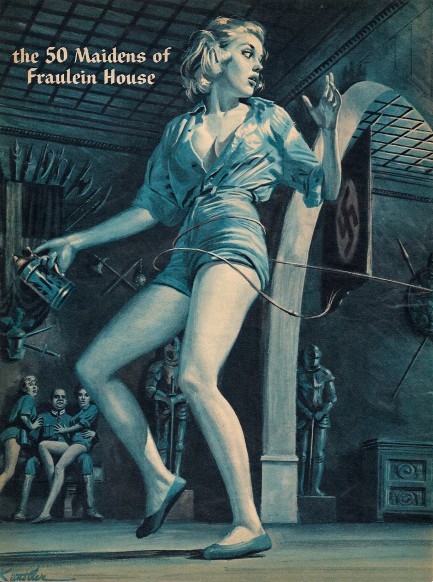 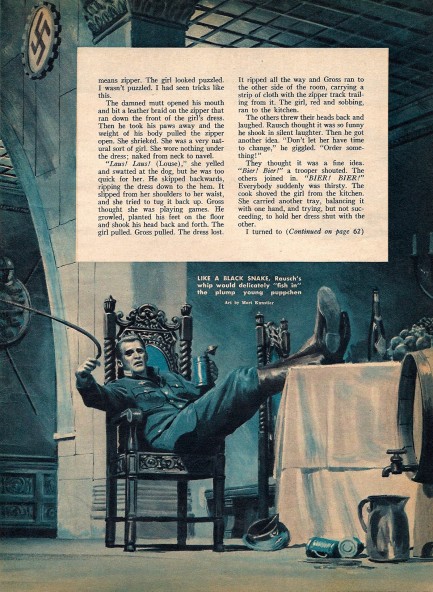 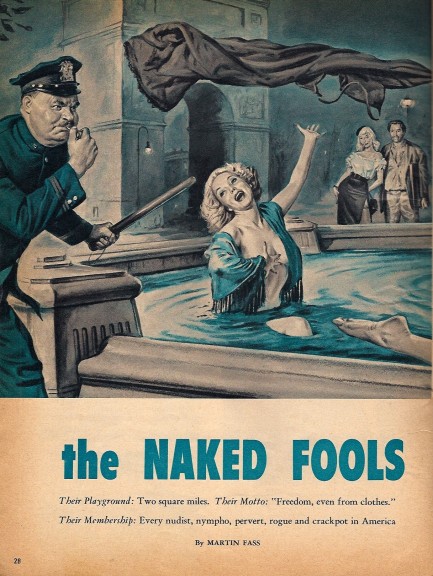 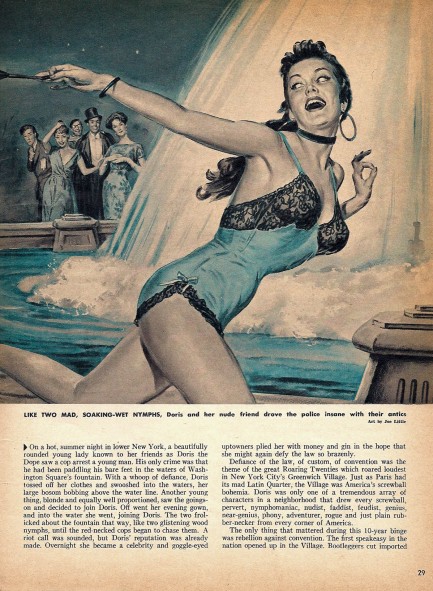 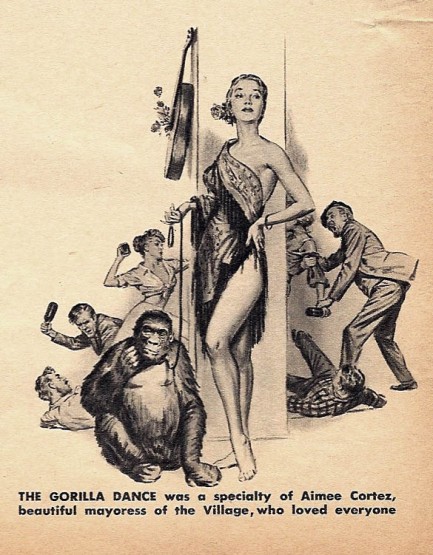 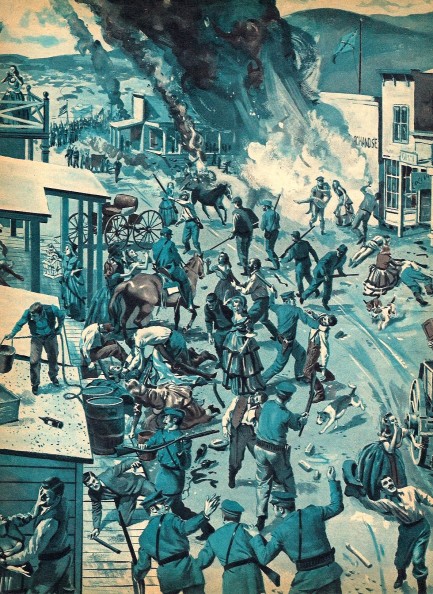 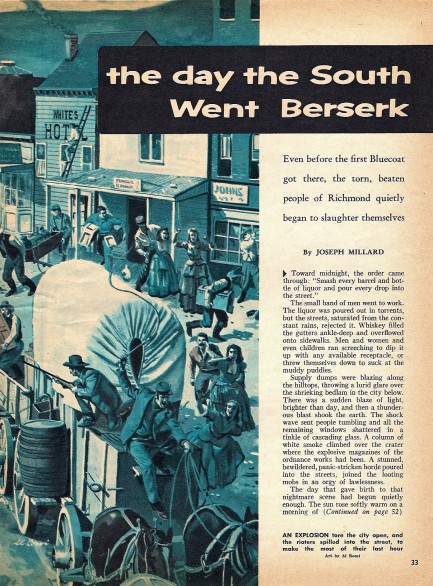 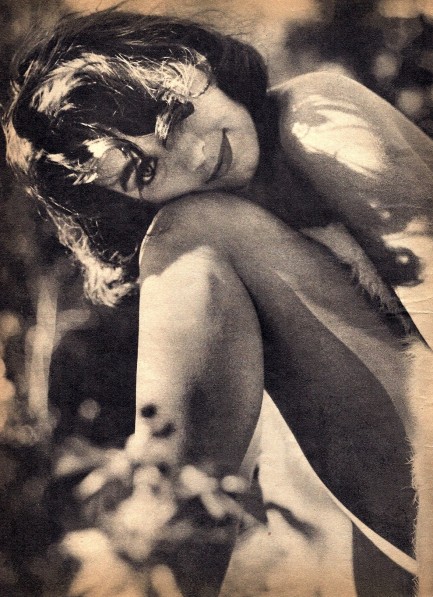 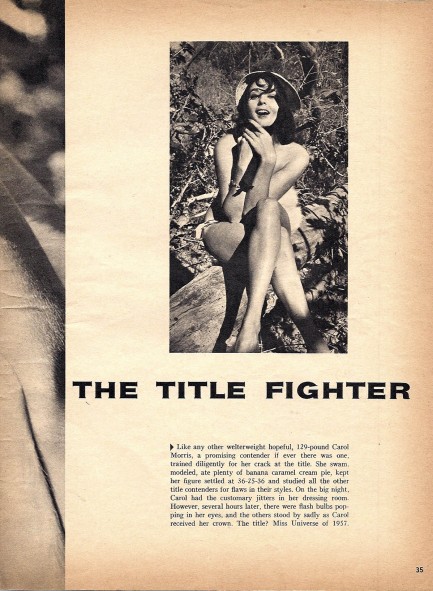 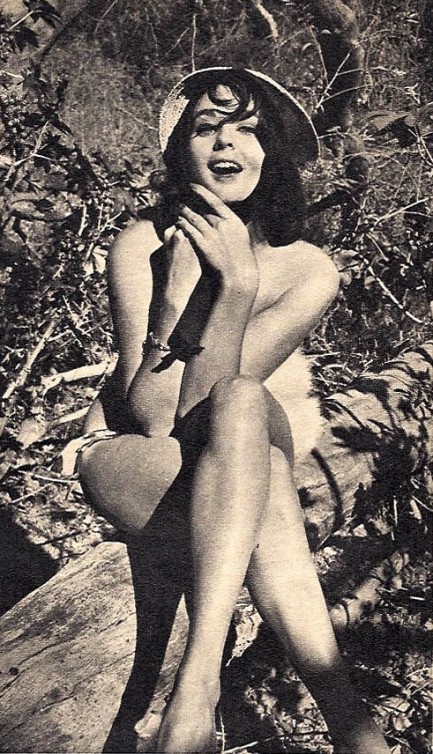 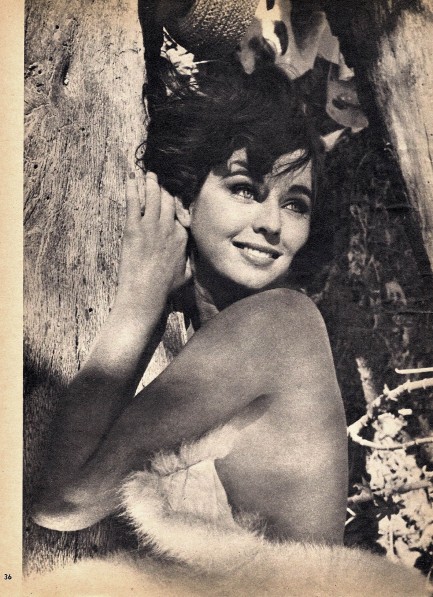 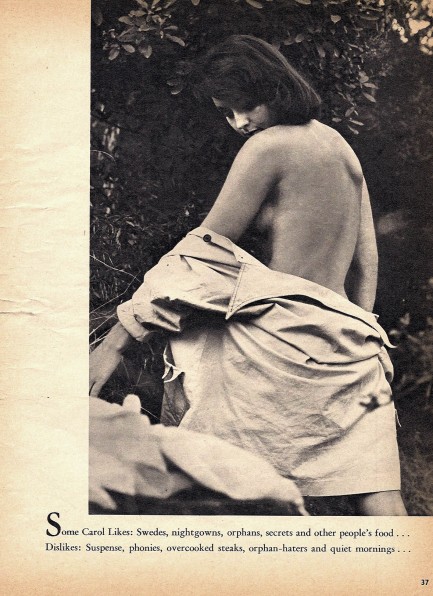 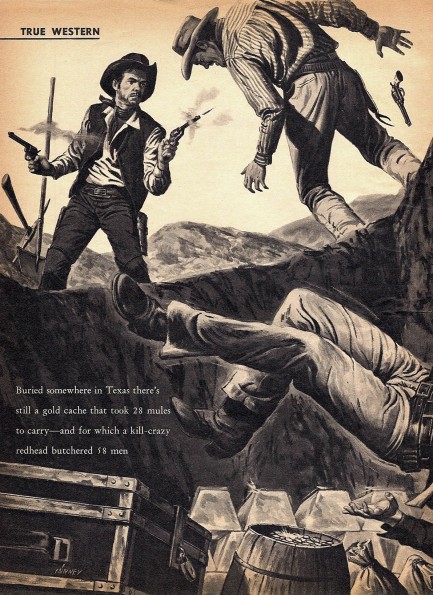 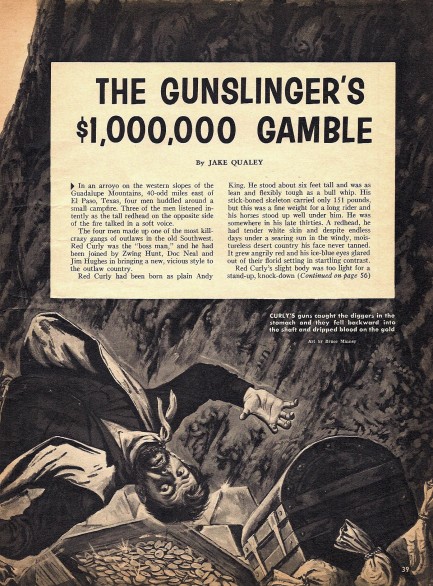 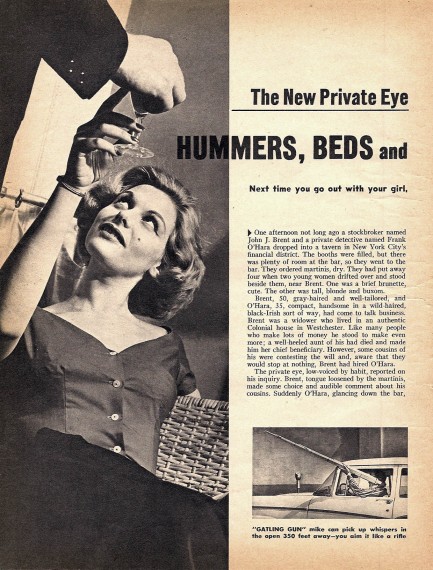 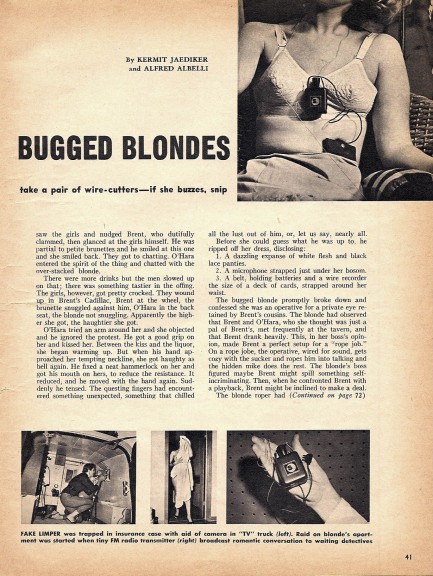 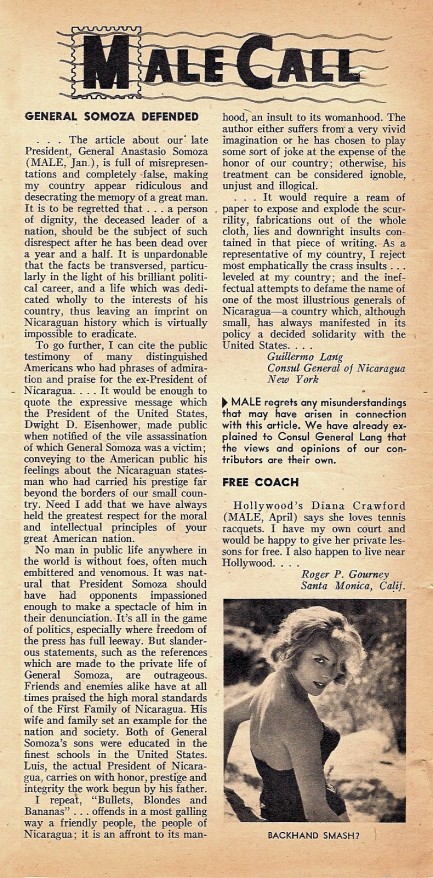
|
 |

The headlines that mattered yesteryear.
1945—Churchill Given the Sack
In spite of admiring Winston Churchill as a great wartime leader, Britons elect
Clement Attlee the nation's new prime minister in a sweeping victory for the Labour Party over the Conservatives. 1952—Evita Peron Dies
Eva Duarte de Peron, aka Evita, wife of the president of the Argentine Republic, dies from cancer at age 33. Evita had brought the working classes into a position of political power never witnessed before, but was hated by the nation's powerful military class. She is lain to rest in Milan, Italy in a secret grave under a nun's name, but is eventually returned to Argentina for reburial beside her husband in 1974. 1943—Mussolini Calls It Quits
Italian dictator Benito Mussolini steps down as head of the armed forces and the government. It soon becomes clear that Il Duce did not relinquish power voluntarily, but was forced to resign after former Fascist colleagues turned against him. He is later installed by Germany as leader of the Italian Social Republic in the north of the country, but is killed by partisans in 1945. 1915—Ship Capsizes on Lake Michigan
During an outing arranged by Western Electric Co. for its employees and their families, the passenger ship Eastland capsizes in Lake Michigan due to unequal weight distribution. 844 people die, including all the members of 22 different families. 1980—Peter Sellers Dies
British movie star Peter Sellers, whose roles in Dr. Strangelove, Being There and the Pink Panther films established him as the greatest comedic actor of his generation, dies of a heart attack at age fifty-four.
|

|
|

It's easy. We have an uploader that makes it a snap. Use it to submit your art, text, header, and subhead. Your post can be funny, serious, or anything in between, as long as it's vintage pulp. You'll get a byline and experience the fleeting pride of free authorship. We'll edit your post for typos, but the rest is up to you. Click here to give us your best shot.

|
|






























































































































